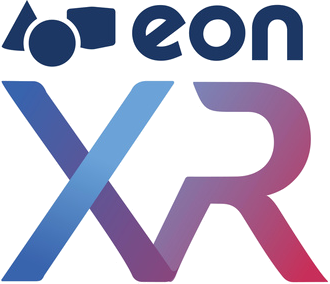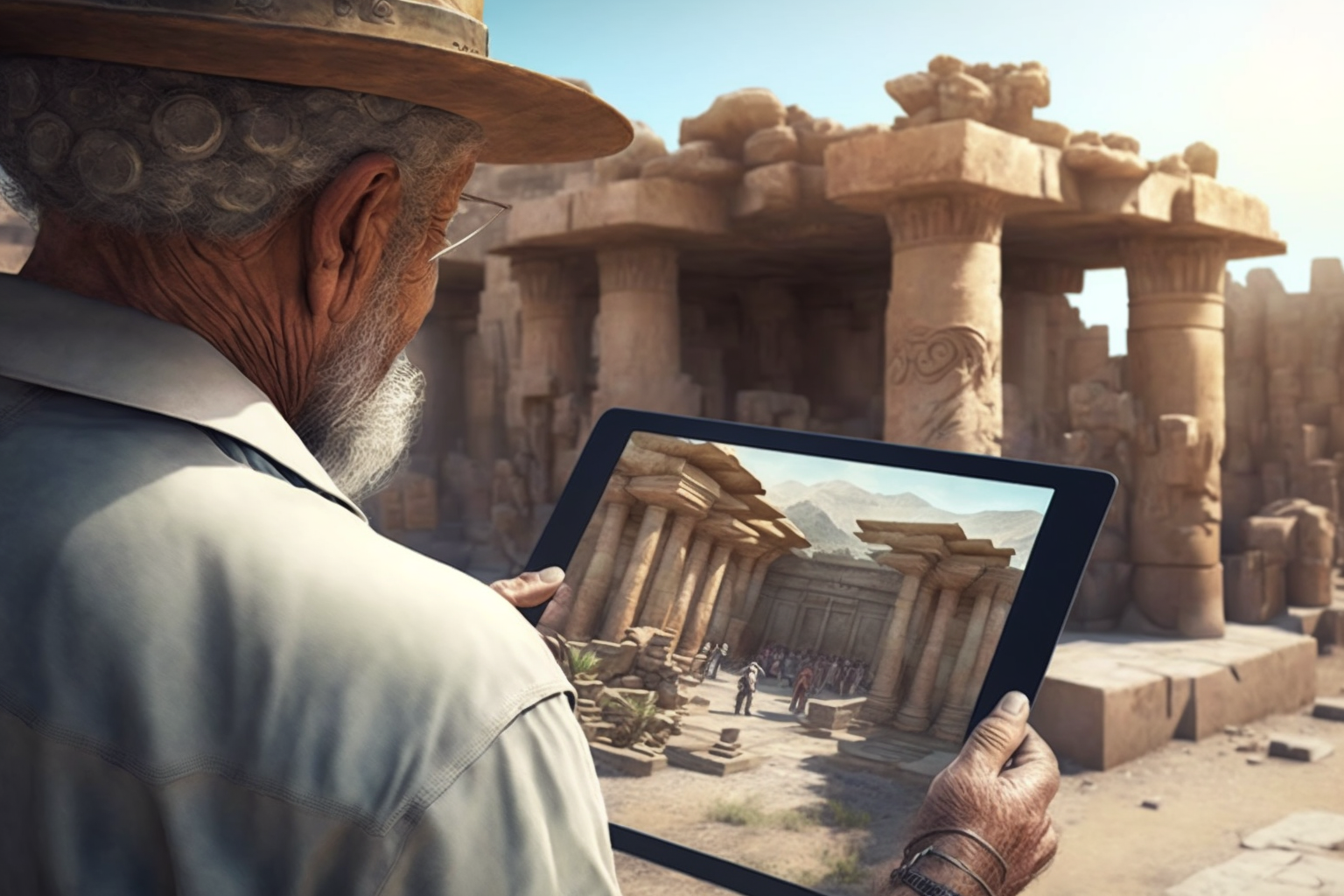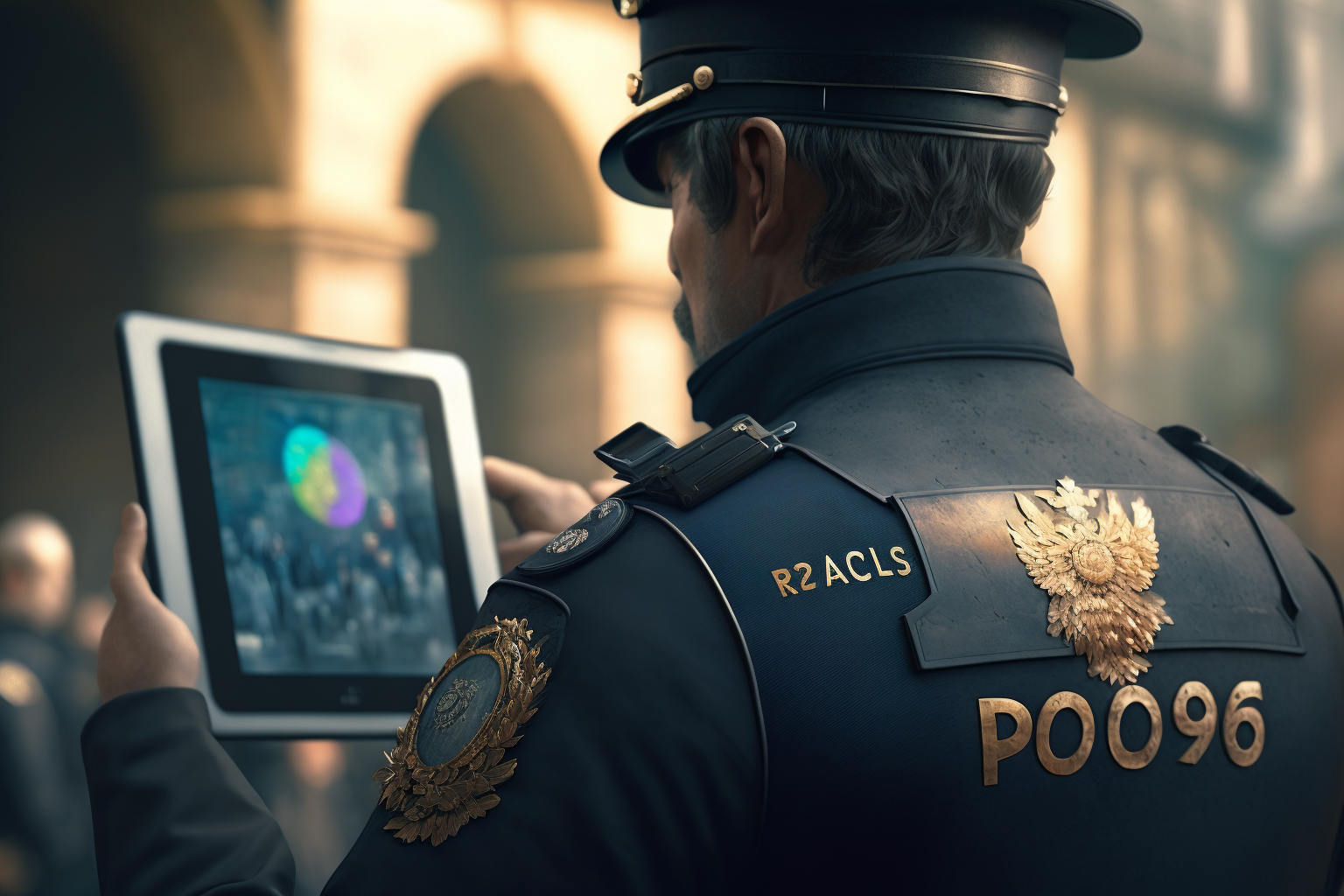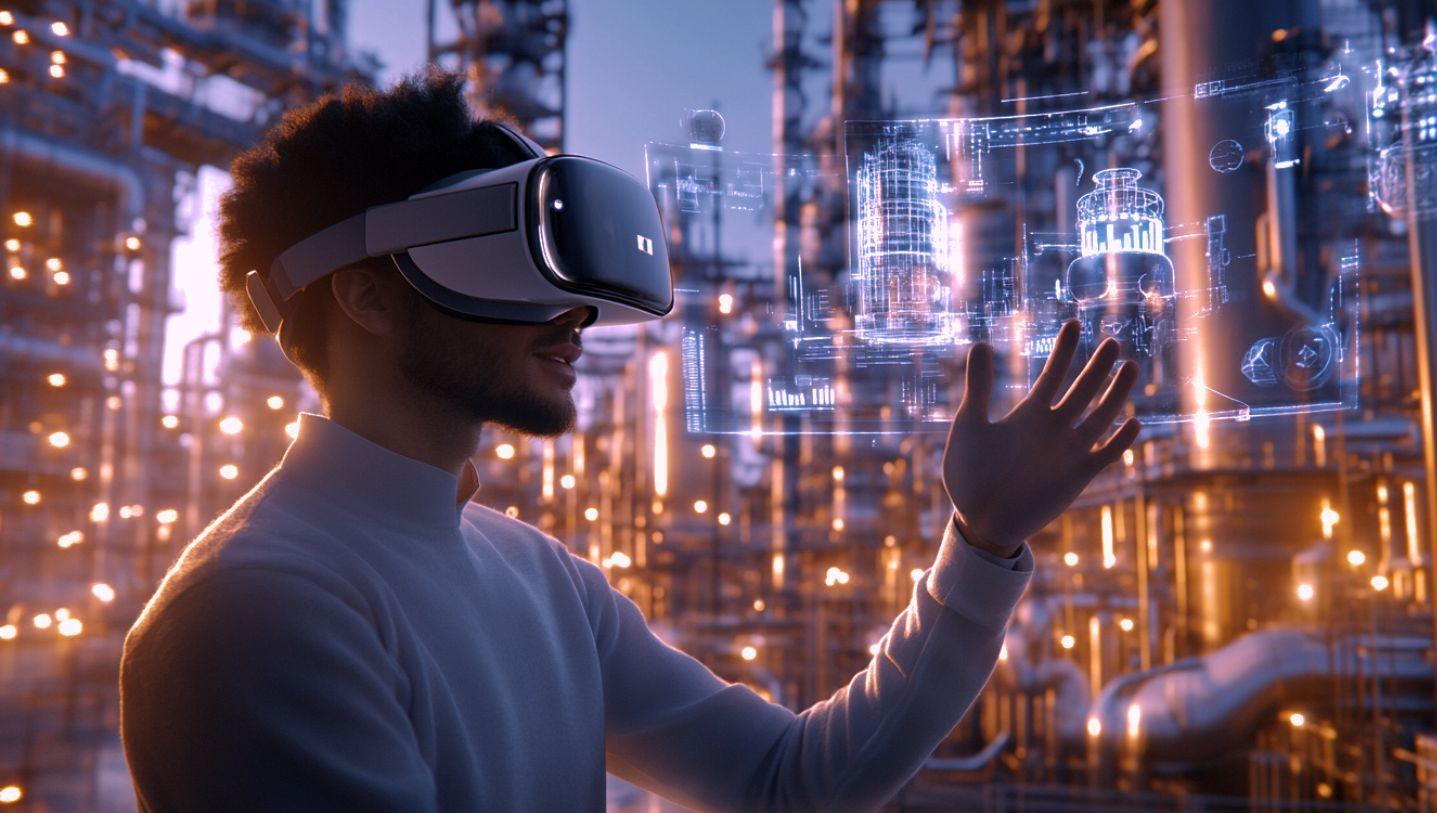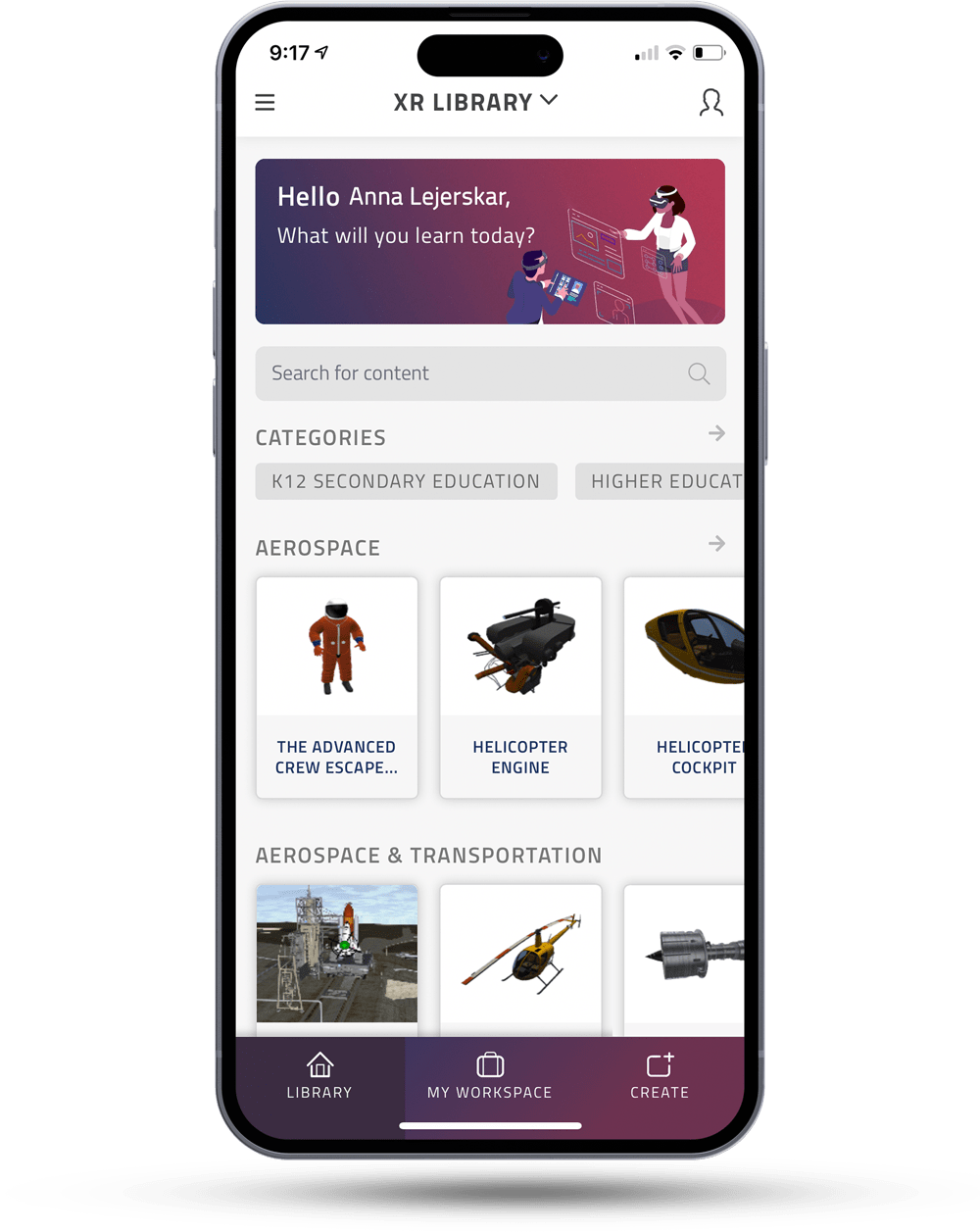IRVINE, CALIF., May 25, 2010 – EON Reality, Inc., the world’s leading provider of interactive 3D software and integrated systems, partnered with Hazard Community and Technical College (HCTC) to install 3D technologies on their campuses in Hazard, Kentucky. HCTC is one of the 16 community colleges within the Kentucky Community and Technical College System. On May 6, 2010, HCTC held an Open House for the public to showcase how EON’s technology solutions will be used to enhance learning.
Jeff Noble, Editor, Times-Voice wrote the following article 5/13/2010 concerning the Open House which is reprinted with permission.
Thanks to the innovations made in virtual three-dimensional reality, Space – the final frontier – can now be seen the way it really is.
From the actual orbit of the planets around the sun, to the meteor showers flying at the viewer, it’s truly possible for a Scotty to “beam up” a James T. Kirk. Or, like in the “Honeymooners” TV show, for an Alice to “go to the moon!”
“Oh yes, I’ve seen it. I’ve held the earth in the palm of my hand,” said Kathy Smoot, who’s Provost/Vice President of Learning Services at Hazard Community and Technical College, during the Virtual Reality 3D Simulation, held last Thursday at HCTC’s Interactive Digital Center at their main campus in Hazard. “This will change the way science is taught.”
But thanks to demonstrations given during four separate tours, the uses of Virtual Reality 3D goes beyond the orbit of the planets and the stargazing of the heavens. With the technology to back them up, instructors at the Challenger Learning Center of Kentucky, the HCTC Technical Campus and other HCTC sites gave the large crowd a taste for the technology’s uses in fields such as mining technology, health care, engineering, and an infinite number of other uses waiting to be tapped.
“If you wanted for Alice to go to the moon, we can do it. If you give us enough time for the animation, it can be done by us,” said John Handshoe, who’s the Project Director of the Interactive Digital Center. He compared the technology that’s now available at HCTC – and the technology that will develop there in the coming years – to the time he first saw a then-revolutionary device called the pocket calculator. “I was nine-years-old, and my brother brought a pocket calculator home. It weighed and looked like a brick and was then ‘state-of-the-art’. Five years later, that calculator was out-of-date, replaced by something smaller, lighter, smarter – and better. What you’ll see today is cutting edge technology. But in five or six years from now, what you’ll see then to replace what you’ll see today will blow you away.”
Before the tours started, HCTC’s Ron Dailey told the crowd, “You will now see the largest collection of 3D technology in the state of Kentucky. Eastern Kentucky truly has something that’s really unique.” Dailey, who’s the Senior Director of Advancement and Government Relations, noted that the project was made possible following a $1.2 million grant to support workforce training and development in the region, while also enabling students and interested persons to explore career activities. Thanks to a partnership with HCTC and the Eastern Kentucky Concentrated Employment Program, Dailey noted that businesses can benefit by using virtual training programs, and there would be a lot of interest in the Holopodium equipment which creates an interactive, holographic presence via the Internet. “To see the kind of energy and progress that’s spoken here is awesome,” added HCTC President Dr. Allen Goben.”
And it was.
Inside the auditorium at the Challenger Learning Center, the big show began, as those taking the tour donned their 3D glasses and caught a look at the planets orbiting the sun, shrieking as meteors came flying at them at breakneck speed. Cries of “Awesome!”, “Wow!”, “Far Out!” and “What is an asteroid belt?” were heard among the spectators in their seats who were getting an eyeful from the big screen. In a matter of minutes they went through the sun and saw the planets in their correct orbit around the sun. “Compared to Earth, the Moon is tiny,” said one woman who took the tour, who added, “This 3D view gives us a perspective you wouldn’t get with narration or a still picture.” A man sitting nearby exclaimed, “I didn’t know the Earth was so small, in comparison with the other planets!”
Vicki Cundiff’s been telling visitors who see the show the future’s looking bright, so you gotta wear shades. “The grade school kids really love coming in here to see this. We had a group of them here earlier (from Knott County) and they oohhhhed and awwwwed the whole time,” said Cundiff, who’s Flight Director for the Challenger Center. “Kids ask us questions like, who has the most moons. By the way, the planet Jupiter has the most moons. They have 63, which is more than any other planet…I can see a school’s curriculum built around what we’re doing here.”
Minutes later, tourguide Bart Massey had his group hop on a city trolley to the short ride to HCTC’s Technical Campus in the Allais section of Hazard to check out the EON Portable ICube – a revolutionary PC-based multi-sided immersive environment in which those participating are completely surrounded by virtual imagery and 3D sound – but in a scaled-down version of the original ICube. Again, another set of 3D glasses were donned by the volunteers, with each set customized for their own personal view. This allowed the group to walk right into the virtual image shown before them, such as a ship, or an aircraft engine. One enjoys the vivid detail and seeing the virtual cross-sections of the different engine parts.
“This could be used for, like, showing the Globe Theater of William Shakespeare’s day for reading and literature classes,” one instructor mentioned, while another man said, “We’re still learning as we go.” The portable unit can provide access and flexibility to comprehensive information that can train students to become effective, knowledgeable and productive employees, which Massey pointed out to the group. “I think this will create jobs the likes of which were never thought of years ago.” And the portable ICube’s uses were making others imagine the possibilities. “I’m giving it some thought on using this in the library,” said Elaine Couch, who’s the Director of the Perry County Public Library, which recently moved to their new home in Hazard. “Someone from California could talk to us virtually. Or we could give someone a virtual tour of our library.”
By the time this group got into the EON Holopodium display in what’s called “The Cave”, folks were salivating to see what would be thrown at them next. The Holopodium is a tele-presence device that combines video and virtual reality, which is used to communicate between a lecturer and students in different locations using two-way augmented reality communication. “It’s in real time. All you need is a high-speed Internet connection,” Massey noted. “It’s much better than a webcam, and it’s portable, with the picture in a crystal display.”
From there it was further into The Cave for another 3D moment – this time taking off their shoes and putting on slippers to go with their glasses. The big virtual display from the portable ICube’s big brother – the EON ICube – has four screens, tracks users with 12 tracking cameras, and gave them a look at a village in Portugal, and not just from the sky and earth, but from down below. “You can see the perspective difference,” said Ellen Varney, who gave the group a million-dollar tour. “When they look down, they look like they’ll fall off the floor, and it feels like you’re seeing hundreds of feet below you. It’s like standing at the edge of a cliff.”
The wonderful part about seeing all of the possibilities in 3D technology in Hazard is the future that it could bring to HCTC’s Lees College Campus in Jackson. Currently under renovation, the two-story Telford Center on the corner of College Avenue, Jefferson Avenue and Main Street will be gearing up for classes this summer, in which Information Technology Labs will be put into use on the top floor. Later, the ground floor renovation will include the school’s Graphics/Visual Arts Lab, which will support a new academic program. “In the future, the Telford Center at Lees may very well have this curriculum based on virtual technology,” Massey pointed out.
All this led to the final stop on the 3D tour – the use of the EON IBox on the second floor of the Jolly Center, where Charles Hoskins was “slicing” through an automobile, a human heart, a brain and even a Swiss army knife. “How can we use this in our health programs, people ask us,” said Massey. “The IBox can take the brain apart, to show a more realistic appearance of its various sections. We can also virtually take apart things like heavy equipment, or dissect a moment in history.” The IBox is an immersive stereoscopic display for intuitive, real-time action with realistic 3D imagery that’s responsive to the user’s actions and can display multiple objects, or a full virtual reality environment.
Looking at the display, and his tour group, Massey made a valid point on how the tour – and the technology – can open up one’s eyes, if not open up one’s passion to learn. “The possibilities are endless to what it can do for a young mind in their future. This can spark in their imagination an interest in medicine, in design, or in history, in employee training, in almost anything.”
“I’m excited about the future uses of this technology, especially in the rural areas,” said Deronda Mobelini, who’s the Interim Director of HCTC’s University Center of the Mountains.
The final word came from Becky Neace, a Breathitt Countian who works as an I.T. Specialist in Technology Solutions at HCTC. She closed the tour by showing and telling tour groups how the IBox can make a world of difference to a future student, a current teacher, or an interested individual. “The only limitation is what you limit your mind to.”
About EON Reality Inc.
EON Reality provides education environments and industry clients visually rich, interactive, and reusable 3D experience through its software and technology solutions. EON’s solutions enable all organizations to more effectively visually communicate and collaborate and accelerate knowledge transfer. As the leader in providing 3D interactive visualization software, EON Reality Inc., as one of their core business markets, Education, offers Simulation Based Learning (“SBL”) solutions. Their SBL strategy enables educators the ability to effectively transfer knowledge/content by using sensory (visual, audio and touch) computer-mediated communication solutions through interactive, experiential learning experiences. Critical today in education is the creation of 3D interactive content for the learning environment. The utilization of EON’s powerful software can provide solutions for the learner that are engaging, compelling, retained longer, recalled faster, and resonate with the expectations of today’s learner (classroom or web) for effective knowledge transfer (games and Internet). For further information regarding EON Reality, visit www.eonreality.com or contact directly Marly Bergerud, Vice President, Education Development, EON Reality at [email protected].






